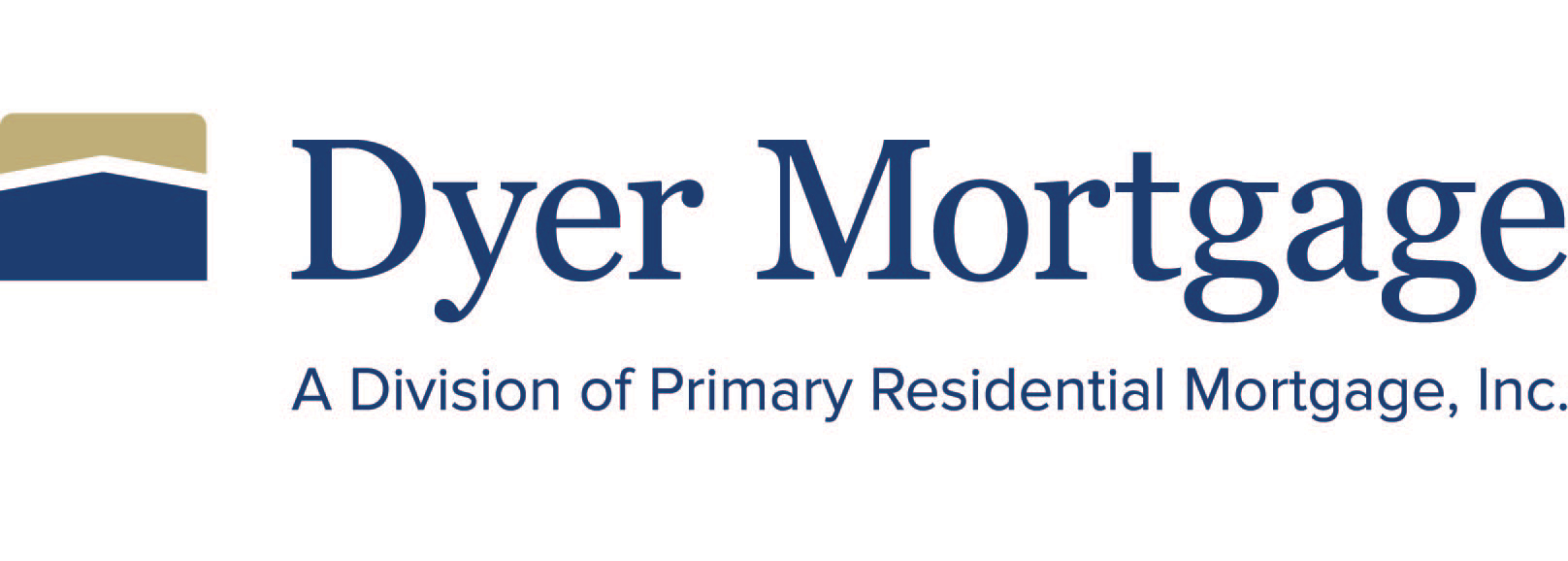Adjustable rate mortgage? Know the facts, do the math, to see if you should refinance


If you have a home loan with an adjustable rate mortgage you have probably enjoyed a low interest rate and payment for several years. You may ask “why should I refinance” if my current rate is still low?
There are several reasons to consider and it is important to know all the facts. The Federal Reserve has already raised rates several times over the past year (with more increases expected in the near future) so it may be time to refinance and lock in a fixed rate.
When considering any kind of refinance the first step is to understand the type of loan you currently have. There are three key parts to review in the original loan documents; look at the note and find the index, margin and caps. The “index” is the benchmark rate that is used to calculate the interest rate you will pay.
The most common indexes are the one-year Treasury bill and the LIBOR (London Interbank Offered Rate. Next the “margin” is added to the index to determine the rate you will pay. For example if the one-year year Treasury bill is 2.5 percent and the margin is 2.75 percent the rate you would pay is 5.25 percent; the monthly mortgage payment will be adjusted accordingly.
Finally the “caps” are limits to how much the interest rate can change per adjustment period. Most loans will have an initial rate adjustment limit, subsequent annual cap, and lifetime maximum interest rate. Carefully review these terms so you will understand the current and future risk for a higher rate and monthly payment.
As a general guideline it’s not worth refinancing if you plan on paying the loan off in less than two years as the closing costs will not be recouped even if your rate did go up. However if your plan includes staying in the home long-term this may be a good time to remove the uncertainty that comes with an adjustable-rate mortgage.
Most ARM loans have an initial fixed rate period of five, seven, or 10 years. If your loan is approaching that benchmark be prepared for an increase in rate and payment. This is especially important if your current loan started with an “interest only” payment for the first fixed period. Here is an example for a $300,000 loan:
Initial rate 3.5 percent
$875/month (interest only payment for first 5 years)
Since the first 5 years were interest only the loan now converts to a principal and interest payment for the final 25 years; this is how the new monthly payment will look:
$300,000 loan balance (interest-only during the first five years results in no principal paid as part of the monthly payment)
Interest rate: index 2.5 percent + margin 2.75 percent = 5.25 percent rate
New payment: $1,797.74/month
The homeowner’s monthly payment will more than double even though the interest rate only increased by 1.75 percent (3.5 percent to 5.25 percent). Since most ARM loans will continue to adjust annually (usually with a 5 percent or 6 percent lifetime cap) there is potential for the payment to even triple over the entire term of the loan.
As the financial markets continue to shift there is increasing concern with adjustable-rate loans becoming unaffordable and homeowners could have a payment so high they cannot remain in their home. Now is a good time to understand your risks and determine if locking in a long-term, fixed rate is right for you.
Consult with your financial advisor and compare options with several mortgage companies to develop the best long-term financing that meets your individual needs.
Bobbie Dyer, Division President
NMLS # 498952
Dyer is a Division President of the Dyer Mortgage Group in Melbourne. She can be reached at 321-215-4419 or bdyer@dyermtg.com
Check out this article on Florida Today’s website here.

